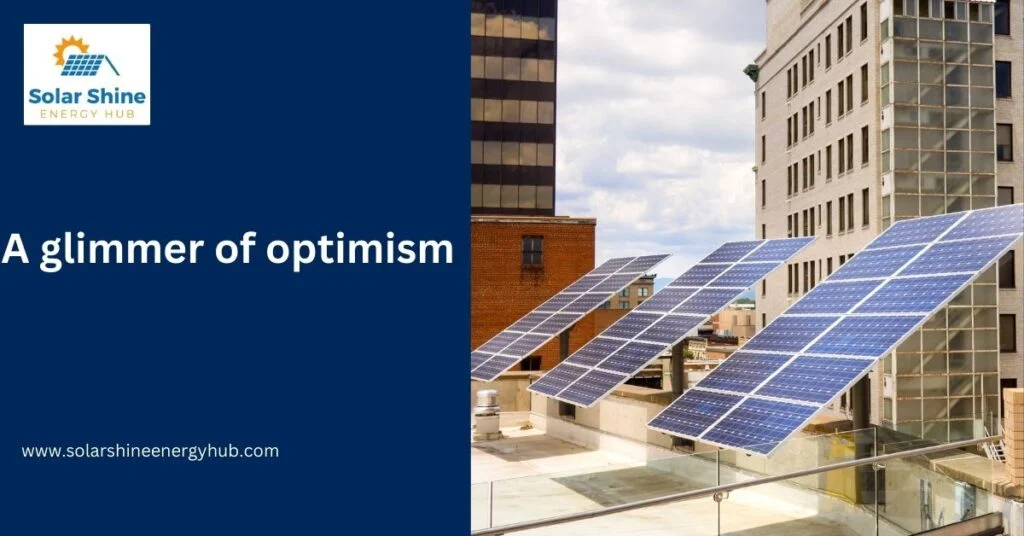Oxford PV achieved a massive breakthrough in solar panels. How will the next generation of solar panels revolutionize the way we harness the sun’s abundant energy? With cutting-edge advancements, Oxford PV’s groundbreaking solar technology is poised to make a significant impact in the renewable energy landscape.
Oxford PV, a leading solar technology company, has made groundbreaking advancements in the field. Their tandem silicon-perovskite solar cells have achieved an extraordinary efficiency rate of 29.52%, setting a new world record and surpassing previous achievements.
This breakthrough not only signifies a leap in conversion efficiency but also promises more affordable and accessible solar energy solutions for homes and businesses worldwide.
The Solar Panel Market Breakthrough by Oxford PV
Oxford PV has achieved a remarkable solar panel breakthrough, surpassing all expectations with an unprecedented 29.52% efficiency rate in converting sunlight into electricity. This groundbreaking achievement not only exceeds the industry average of 15-20% but also promises to revolutionize solar energy utilization.
What sets this technology apart is its innovative design, utilizing perovskite-on-silicon tandem solar cells. By harnessing the superior light absorption capabilities of perovskite, this design captures a wider range of the solar spectrum and achieves increased efficiency.
To develop this cutting-edge technology, Oxford PV collaborated with the renowned Fraunhofer Institute for Solar Energy Systems in Germany, making it a scientific marvel and a potential game-changer in the renewable energy industry.
Enhanced power generation: Enhanced power generation is a key benefit of this technology. Imagine solar panels that produce 25% more electricity with the same surface area. This results in increased power per rooftop requires less space for solar farms, and could potentially lead to cheaper consumer energy costs.
Changing the market: Furthermore, this technology has the potential to disrupt the solar panel business and encourage broader use of more energy-efficient panels. If proven economically feasible, it could accelerate the transition to renewable energy sources for large-scale solar projects, businesses, and homeowners.
A better future: Discovering greener and more sustainable energy sources is crucial as concerns about climate change grow. This breakthrough in solar energy opens the door to a future of efficient and environmentally friendly power generation, reducing our reliance on fossil fuels.
Tomorrow is powered by perovskite

The Oxford spinout utilized perovskite-on-silicon tandem solar cells, where perovskite plays a crucial role in enhancing efficiency, to achieve a groundbreaking level of solar panel efficiency.
Unlike conventional silicon, perovskite is a semiconductor material with an extraordinary crystal structure that enables it to absorb a wider range of sunlight. This means it has a greater capacity to harness solar radiation, opening up possibilities for electricity generation.
The tandem design is the primary innovation. There are two layers to the panel:
The uppermost perovskite layer
A silicon layer at the bottom
To optimize the total capture of light, specific segments of the solar spectrum are absorbed by each layer. Perovskite efficiently absorbs higher-energy blue and green wavelengths, while silicon handles lower-energy red and infrared wavelengths. By combining these materials, efficiency is significantly enhanced compared to traditional single-layer silicon panels.
What does the term “climate tech” represent for humankind’s future?
To unlock the full potential of the perovskite layer, the researchers carefully fine-tuned its characteristics. By optimizing light absorption and ensuring efficient charge movement within the cell, they successfully modified the material’s composition and structure.
Perovskite-based solar cells have traditionally faced stability and durability challenges. To overcome these issues and ensure the long-term functionality of the panel, the Oxford team employed advanced engineering techniques and made strategic material choices.
The key to their success lies in the seamless integration of reliable and well-established silicon technology with perovskite’s superior light absorption. This collaboration resulted in a tandem cell that surpasses the capabilities of either material on its own.
Together, these advancements bring us closer to harnessing the potential of perovskite-based solar cells, paving the way for a brighter and more sustainable future.
A glimmer of optimism

While the news is exciting, let’s also acknowledge the challenges ahead. Achieving record efficiency in the lab is a major accomplishment, but we need more progress to make it cost-effective for mass production. Thorough testing is also essential to ensure the long-term stability and durability of perovskite-based panels.
Oxford PV’s achievement brings optimism for the future of solar energy despite the obstacles. Their record-breaking panel showcases the potential of advanced technologies in sustainability and efficiency. Although there are still hurdles to overcome for commercialization, this discovery serves as a reminder of a cleaner, brighter future powered by the sun.
Though the road ahead may be long, with continued investigation, cooperation, and funding, we can realize this potential and pave the way for a more sustainable future.
Conclusion Oxford PV achieved a massive breakthrough in solar panels
Looking ahead, Oxford PV’s breakthrough resounds as a powerful symbol of progress in our shared quest for renewable energy. It serves as a reminder that through constant innovation and unwavering commitment to efficiency, we draw closer to a future where the sun powers our homes, businesses, and lives sustainably. Let’s celebrate the inspiring milestones achieved and eagerly anticipate those yet to come, ready to illuminate our world. Cheers to a brighter future! 🌞✨